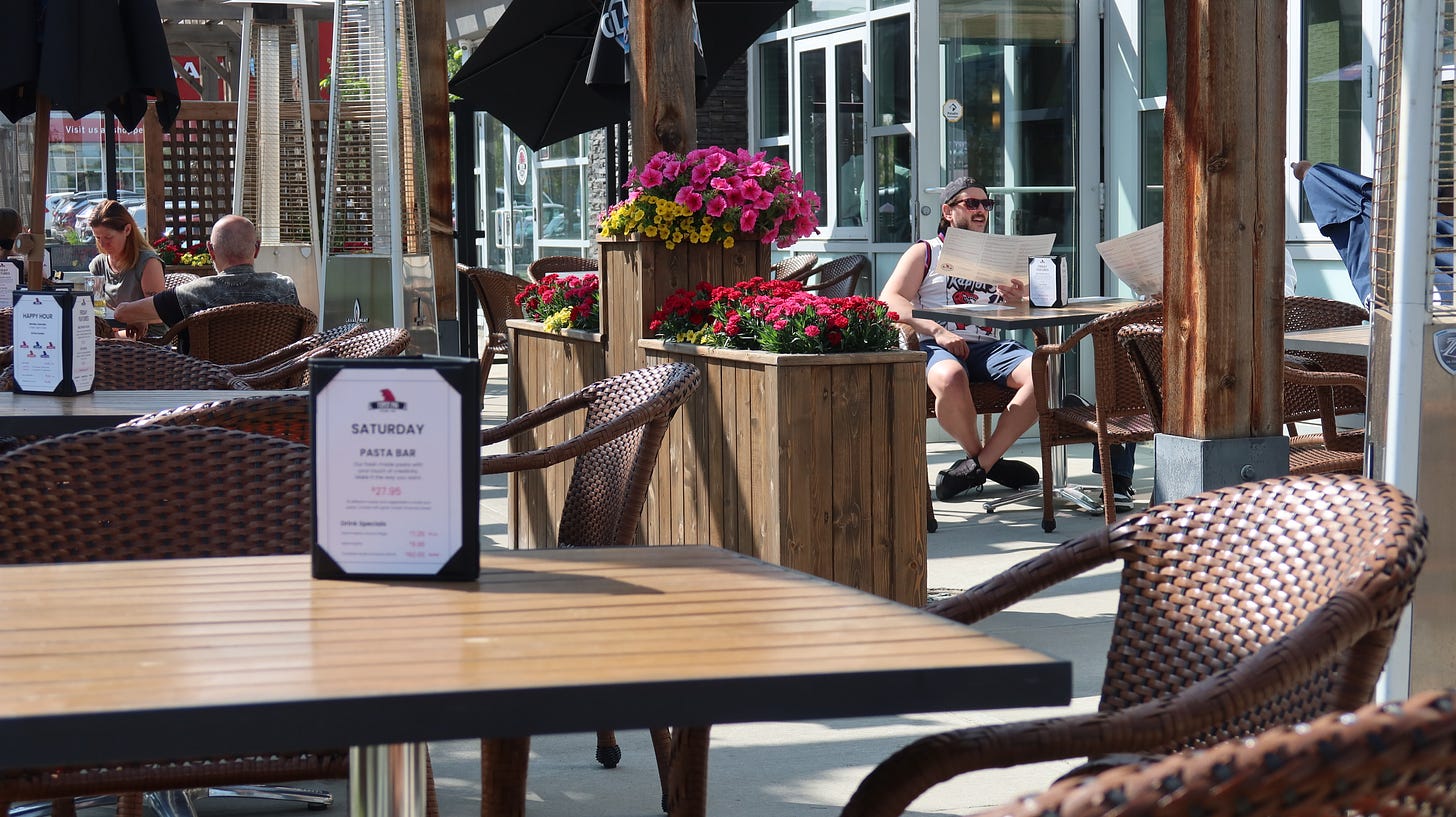Please forward this to ONE friend today and tell them to subscribe here.There are, of course, other ways to feel connected with members of the society, but food is probably one of the oldest forms of community building known to humans.
Holiday feasts, potlucks, festivals, and housewarming gifts to welcome a new member of the neighborhood are examples of the many performances humans undertake that all have food as the element holding everything together.
In those moments, the food shared and eaten becomes a bridge between individuals and communities, a tool for connection and integration, a form of identity, a way to preserve our culture, or a way to share about our ancestry.
However, food can also act as a wall, a boundary that defines and limits us.
The moment I choose what I eat, I also choose what I don't. And this fact speaks volumes about our ability to share spaces with those who are different from us, who eat in ways unlike our own.
You know the saying "you are what you eat"? When viewed through the lens of migration, it takes on sensitive contours and very specific logistical nuances.
Those who migrate understand that they are stepping into a new environment, don’t they?
But do we think about food before we make that leap? Do we research our cuisine in the new territory before relocating? Do we imagine the nostalgia we'll feel for familiar dishes, aromas, ingredients, local spots, or even the distinctive ways of cooking or savouring a meal? Do we like 'Wole Olayinka, realize that we need to learn to acclimatize to the flavours of our new home?
We think about food all the time. Well, not every single moment; it's just that throughout the day we make countless decisions related to food, our food and sometimes that of those sharing our space. These choices aren’t always meticulously thought through; they can also be spontaneous. Food is an intriguing, complex, and always contextual social phenomenon.
Thus, food is both a highly relevant and an underestimated topic for immigrants. Because, food is culture.
We eat, and food becomes part of who we are. It nourishes us in a lot of ways. Food isn’t merely a collection of possibilities and molecular arrangements categorized by type and function. Yet, that is part of it, too.
Food enters and stays with us in diverse ways: the aroma, the appearance, the texture, the emotions it evokes, the type of hunger it satiates, the fullness—or even the weight—it leaves behind.
Amid so much else, it holds memories of people and traditions. Entire universes.
So, it isn’t particularly difficult for an immigrant to come across that nostalgia about food as we know it. In a new home, food demands an intentional effort from us to find, recreate, or simply access it, whether out of necessity or desire. Access is not always straightforward, quick, or even feasible, which comes with logistical challenges.
We must know, or discover, where to buy, where to dine, what we can adapt, and what might or might not be substituted. We recognize that substitutions are possible, and in some cases, they turn out to be delightful surprises. Still, we also understand that the original is out there, somewhere far away.
Yet “our food” can be close, especially when we channel a purposeful energy into connecting with initiatives, businesses, or institutions that bring together people of similar or culturally, geographically, ethnically, or religiously aligned backgrounds.
This quest for preservation creates spaces for comfort amidst the challenges of living “away from home.” This need also serves as an excellent antidote to conformity, automation, and the alienation we often experience with our everyday food choices.
Generally, we opt for what’s conveniently available on the market shelves. We tend not to reflect on or account for the high cost of that convenience, often undergoing a process of unexamined, uncritical cultural adaptation.
Adapting is good, necessary, and builds bridges. But what connections are we making? What material is that bridge built from?
A strict set of standards dictating what food is and how it should be consumed might not be sustainable, healthy, or ethical, and perhaps not welcome at all, especially in multicultural settings. Absolute alienation from what we eat also makes no sense, especially in a world plagued by systemic crises that force us to reconsider so many things.
So, what’s today's invitation? Whenever you speak about, think of, search for, or prepare food, be someone who embraces nostalgia, someone who is open to new experiences, someone who respects others’ food traditions, and above all, be intentional.
Because when we approach food with an open mind, we are more likely to build connection, foster understanding, and create belonging.
If you’d like to support this work, consider buying me a coffee.








